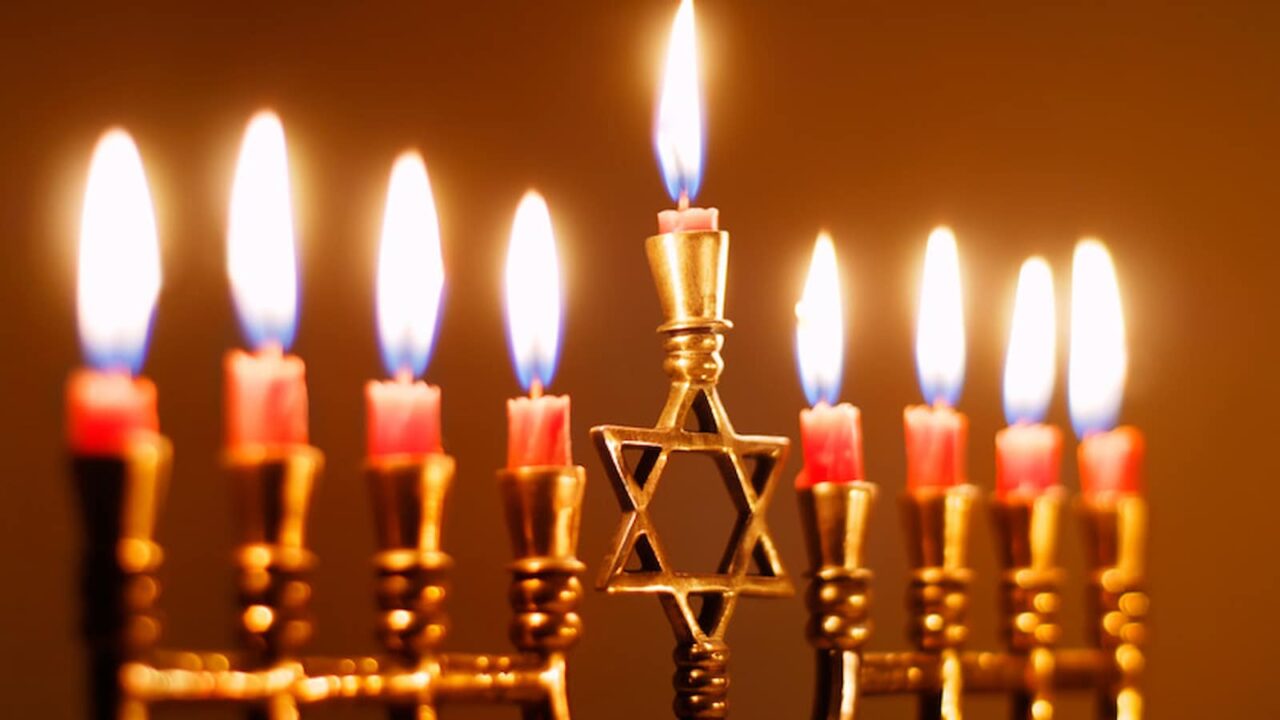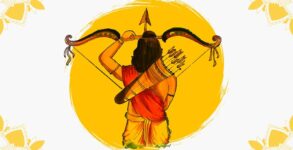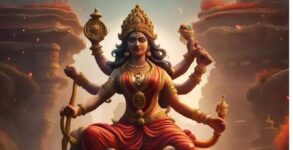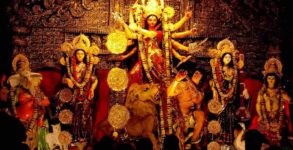Hanukkah 2023: Hanukkah has arrived, and the eight-day celebration will be observed from December 18 to December 26 this year. The Jewish festival Hanukkah is an integral component of the Festival of Lights. It commemorates the rededication of the second sanctuary of Jerusalem and the Jewish people’s victory over the Greeks during the Maccabean War. The eight-day festival commences on the 25th day of Kislev and concludes on the 2nd day of Tevet. The months of Kislev and Tevet are designated on the Jewish calendar. Although the observance is also referred to as Chanukah, Hanukkah is the more common name.
The Origins of Hanukkah
Hanukkah, or Chanukah, is an eight-day Jewish festival that commemorates the rededication of the Second Temple in Jerusalem in the second century B.C., a time when Jews had rebelled against their Greek-Syrian oppressors during the Maccabean Revolt. This Jewish faction is referred to as the Maccabees. The appellation was derived from the initial letters of the Hebrew expression “Mi Kamocha Ba’eilim Hashem,” a prefix meaning “Who is like You, God.”
Hanukkah’s history, similar to that of numerous ancient or religious festivals, has a variety of beginnings and endings. The occasions that served as the impetus for the Hanukkah celebration occurred during an especially tumultuous period in Jewish history. Judea, which is modern-day Israel/Palestine, came under the rule of Antiochus III, the Seleucid monarch of Syria, around 200 B.C. He permitted the Jews to continue practicing their faith in that region. Antiochus IV Epiphanes, his son, demonstrated diminished benevolence. According to ancient sources, he prohibited Judaism and mandated that its adherents follow the worship of Greek deities.
Invading Jerusalem in 168 B.C., a military force under the command of Antiochus IV Epiphanes slaughtered thousands of people and desecrated the Second Temple by building an altar to Zeus and offering pig sacrifices inside its holy walls.
Antiochus and the Seleucid monarchy were confronted with a massive uprising under the leadership of the Jewish cleric Mattathias and his five sons. In 166 B.C., following the death of Matthathias, his son Judah, also known as Judah Maccabee or “the Hammer,” assumed command. The Jewish force effectively expelled the Syrians from Jerusalem within a span of two years, employing guerilla warfare strategies to great effect. As a result of the successful revolts, the Jews were granted permission to reestablish their religious practices within their temples. To accomplish this, Judah commanded his adherents to purify the temple and adorn a menorah with oil that had been consecrated by the high priest throughout the nocturnal hours, every night until a replacement altar could be erected atop the previous one.
This is the gold candelabrum, which was intended to be kept glowing nightly and whose seven branches symbolized creation and knowledge. However, only one flask of oil remained, and it would only last for the night. Nevertheless, they ignited it, and it remained illuminated for the required eight days to press new oil.
As per the Talmud, a seminal text in Judaism, Judah Maccabee and the other Jewish participants who participated in the rededication of the Second Temple allegedly observed a miraculous occurrence. Despite having only sufficient unadulterated olive oil to fuel the candles of the menorah for a single day, the flames persisted intermittently for eight consecutive nights, affording the invigorators an opportunity to procure a new supply. As a result of this miraculous occurrence, the Jewish sages proclaimed an annual eight-day festival.
The Torah does not contain the Hanukkah narrative due to the fact that the events that prompted the holiday transpired subsequent to its composition. The New Testament does, nevertheless, record that Jesus partakes in a ‘Feast of Dedication.’
Finland Independence Day 2023: History, FAQs, Dates, Activities, and Facts About Finland
Hanukkah 2023 FAQs
Are Hanukkah and Chanukah synonymous?
Indeed, it is identical.
What is the Hanukkah narrative?
The narrative of Chanukah describes how the Maccabees reclaimed the Temple of Jerusalem for Judaism after defeating the Greek-Syrians.
What is the purpose of the Hanukkah celebration?
In remembrance and admiration for the struggles waged by the Maccabees against their oppressors in order to secure religious liberty, we observe Hanukkah. It marks the reestablishment of the second Temple in Jerusalem and the Jewish triumph over the Greeks.
What precisely is the Chanukah miracle?
The Chanukah miracle was that the Maccabees, upon regaining victory in the battle, were obligated to rededicate the church but were required to light a candle daily in order to do so. The miracle is that although there was only enough oil for one day, it lasted for eight.
What are five Hanukkah traditions?
Chanukah or Hanukkah is traditionally observed through the following five activities: lighting the Menorah, playing dreidel, consuming gelt, baking delectable foods, and sending and receiving Hanukkah gifts.
Where is the largest menorah in the globe situated?
The 32-foot-tall menorah is illuminated at the intersection of Fifth Avenue and 59th Street in Manhattan, close to Central Park.
Hanukkah 2023 Activities
Anoint the Menorah.
On each Hanukkah night, ignite one of the eight candles in the Menorah using the “shamash” or head candle. By the final night of the holiday, all eight candles will be illuminated. A significant Jewish ritual, the illumination of the Menorah serves as a representation of an everlasting flame and a reminder of the miraculous nature of life.
Provide some gel
Gelt, which are chocolate medallions encircled in gold foil, are customary Hanukkah sweets. The practice dates back to the Maccabees, who, upon conquering the Greeks, printed their own currency.
Perform Dreidel
The dreidel is a traditional toy with four rotating sides. Each side is imprinted with a Hebrew letter: “nun” denotes doing nothing; “shin” indicates placing one in; “he” signifies receiving half of the contents in the middle; and “gimel” signifies receiving the entire container. Have an enjoyable time playing with gelt or actual money.
Five Significant Facts Regarding Hanukkah
The significance of Hanukkah
“Dedication” is the meaning of the term in English.
The period throughout Hanukkah
The eight-night duration of Hanukkah is attributable to the sacred light burning.
A menorah is rekindled nightly.
A menorah, which consists of a candle receptacle containing nine candles, is illuminated nightly.
Not all individuals bestow gifts.
During Hanukkah, it was more common to give monetary gifts; however, this trend shifted as Christmas gained popularity.
Fried foods during Hanukkah
In Hanukkah, fried foods are consumed to represent the oil that burned continuously for eight nights.
HANUKKAH DATES
| Year | Date | Day |
|---|---|---|
| 2023 | December 7 | Thursday |
| 2024 | December 25 | Wednesday |
| 2025 | December 14 | Sunday |


















